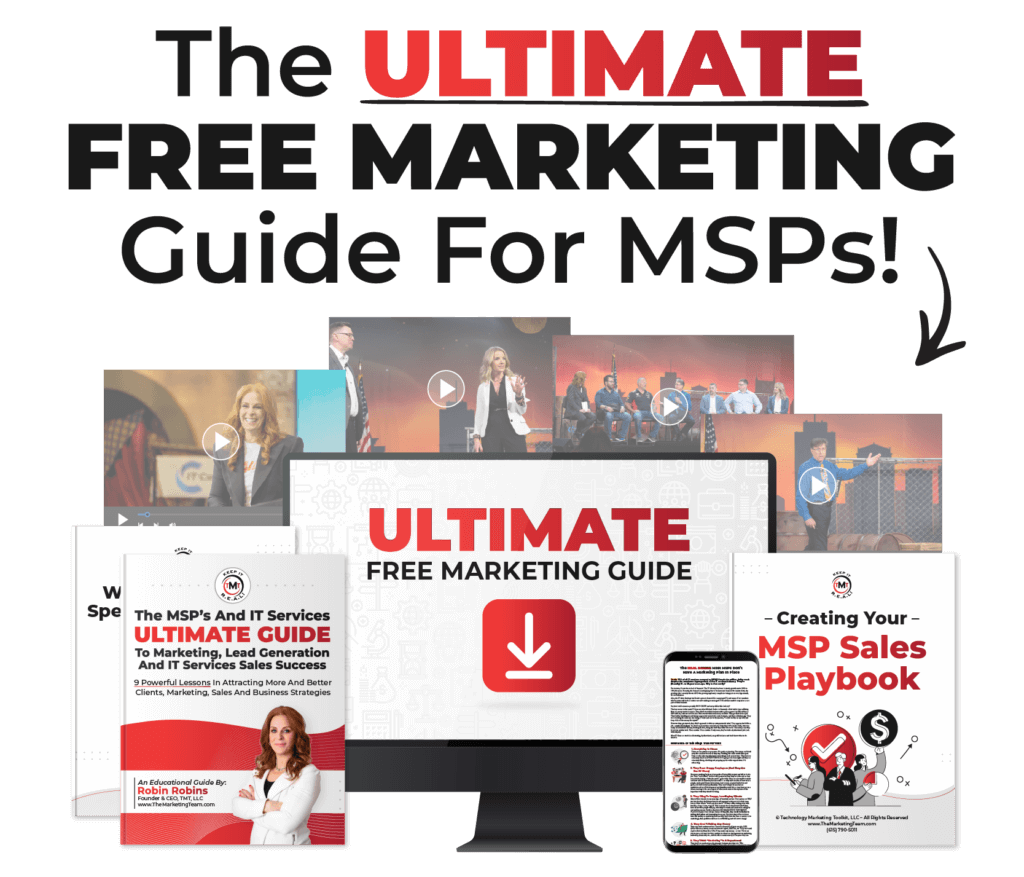In the digital landscape, your website is more than just an online presence; it’s a pivotal tool in turning prospects into loyal customers. However, this transformation isn’t just about attracting more eyeballs; it’s about making every visit meaningful and every interaction count. Let me guide you through this journey, from understanding the core challenges to implementing strategies that work.
Understanding The Challenge
Let’s dive right into understanding the real challenge of transforming website visits into solid leads. This isn’t just about more traffic; it’s about making each visit count. I remember discussing this with Anthony Hernandez, who achieved a significant breakthrough in lead generation by persistently following the right formula. He didn’t just get advice; he implemented it, showing that success in generating leads isn’t just about knowledge but about action.
The Three Crucial Problems To Solve
I’ve pinpointed three critical problems that need addressing for effective lead generation:
- More Qualified Traffic: It’s not just about any traffic; it’s about getting people who are genuinely interested in what you offer. You need visitors who are likely to engage and convert.
- Collecting Information for Follow-up: This is crucial. Your website must be structured in a way that encourages visitors to leave their information. Whether it’s through filling out a form, signing up for a newsletter, or downloading a free guide, capturing this information is the first step in a successful follow-up strategy.
- A Website Built for Conversion: This is where many businesses falter. It’s not enough to have a visually appealing website; it must be optimized to guide visitors toward taking action – be it making a purchase, scheduling a consultation, or requesting more information. And remember, we’re not just talking about a website here; we’re talking about a business model that supports conversion. This means having the right systems in place to handle leads effectively when they come in.
In addressing these three areas, you lay the foundation for a website that isn’t just a digital brochure but a dynamic tool for generating leads and growing your business. Stay tuned as I delve deeper into each of these problems, sharing insights and practical tips to turn your website into a lead-generating powerhouse.
Five Ways to Drive Traffic
Let’s explore five key ways to drive traffic to your site. These methods are a mix of both free and paid strategies:
- SEO: The cornerstone of driving traffic. It’s all about crafting content that resonates with your audience. You want to focus on creating content that’s not only engaging but also SEO-friendly.
- Directory Listings: An often overlooked yet powerful tool. By listing your business on high-domain authority sites and relevant local directories, you can significantly boost your online presence.
- Social Media Posts: Regular and engaging posts on platforms like Facebook and LinkedIn can draw significant traffic back to your site. It’s about being where your audience is and engaging them with valuable content.
- Retargeting and PPC: While this involves some investment, it’s a highly effective way to attract leads. It’s about balancing your budget and understanding the potential ROI these methods can bring.
- Emails to Blogs: Utilize your email list to drive traffic to your blog posts. This method helps in keeping your audience engaged and drawing them back to your website.
SEO Strategies
SEO is all about laying the right foundation. It starts with ensuring your site is optimized with elements like H1 and title tags. But the real game-changer is consistent original content. It’s not just about writing blogs; it’s about creating content that speaks directly to your niche. This not only improves your SEO but also positions you as an authority in your field.
Utilizing Directory Listings
Directory listings are a fantastic way to enhance your visibility. Sites like Clutch, UpCity, and CloudTango have high domain authority and can drive significant traffic to your site. Also, don’t forget about local associations or chambers of commerce. By ensuring your business is listed in these directories, you’re essentially broadening your net to capture more leads.
Effective Social Media Engagement
When it comes to social media, the key is regular, engaging posts on platforms where your audience hangs out. I’m talking about places like Facebook, LinkedIn, and Instagram. The idea is to be consistent and provide value. For instance, using tools like Prospect Hopper can make your posts more effective and attention-grabbing. Think of social media as your digital handshake – it’s where you start conversations and build relationships. It’s not just about posting for the sake of it, but about creating content that resonates with your audience and brings them back to your site.
The Power Of Pay-Per-Click
Now, let’s talk about Pay-Per-Click (PPC). Yes, it can be a bit pricey, but the potential for attracting highly targeted leads is immense. You have to balance the cost against the potential returns. PPC is like jumping to the front of the line in search results. It’s a way to get noticed quickly, especially in competitive markets. However, it’s important to have a solid foundation in place first – like a well-optimized website and a clear message. You don’t want to spend on PPC only to direct traffic to a site that doesn’t convert. Think of PPC as a turbo boost for your traffic, best used when you’ve already got the basics nailed down.
Remember, these strategies are about finding the right mix for your business. It’s not about doing everything at once, but about choosing the right channels and methods that align with your goals and your audience.
Capturing Visitor Information
Our websites can often resemble busy streets – people come and go, but how many actually stop and engage? That’s where capturing information becomes crucial. It’s not just about having a form on your website; it’s about creating an environment that compels visitors to leave their details. Think of it as setting up a welcome mat that’s so inviting, that visitors can’t help but step in. Whether it’s through a captivating lead magnet, an irresistible offer, or a newsletter that promises value – it’s all about creating that connection point.
Crafting A Clear Message
Moving on to crafting a clear message – this is where so many websites miss the mark. Our message needs to be crystal clear the moment someone lands on our site. I always say you have less than six seconds to grab a visitor’s attention. Your headline should scream what you do, who you do it for, and where you do it. It’s like having a billboard that speaks directly to your ideal customer. No fluff, no confusion. Just a straightforward declaration of who you are and what value you offer. Remember, clarity trumps cleverness every time.
Big Website Mistakes To Avoid
And lastly, let’s talk about the big website mistakes to avoid. I’ve seen it all – cluttered designs, confusing navigation, and content that speaks to everyone and thus, to no one. Your website shouldn’t be a puzzle that visitors have to solve. It needs to be a clear path that guides them right to your door.
The biggest mistake? Not being responsive. In this digital age, if your website isn’t mobile-friendly, you’re not just losing leads; you’re sending them straight to your competitors. Always ensure your website is a reflection of your business – professional, accessible, and customer-centric.







